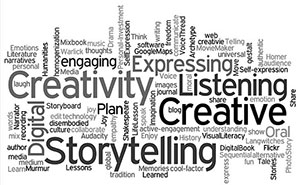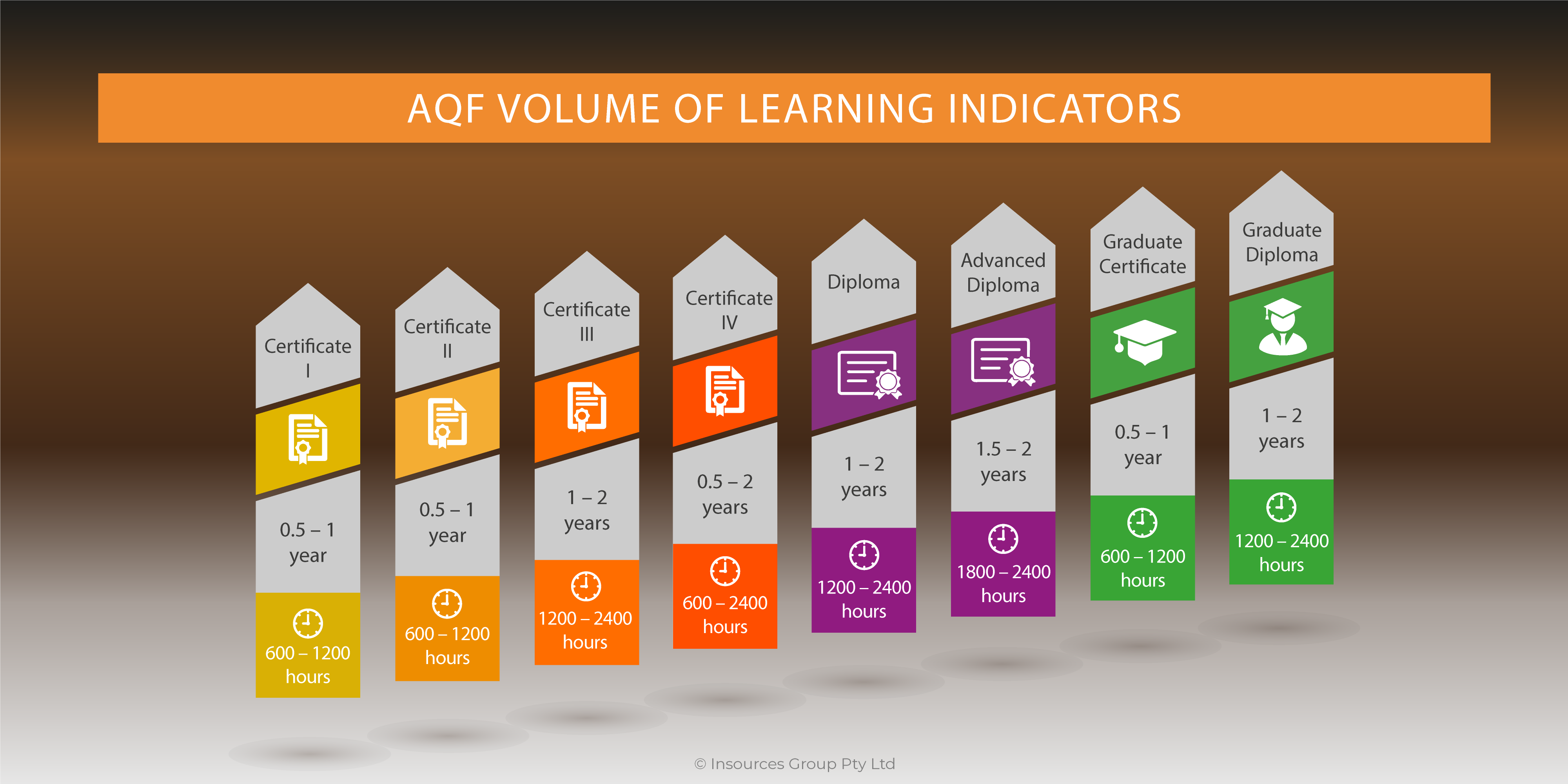 by M. Carolyn Miller
by M. Carolyn Miller
How to trigger learning at a deep level.
Our lives always have revolved around stories. Throughout time, we have sat around campfires and kitchen tables listening to stories that made us laugh and cry and make sense of our lives. In the old days, the tales we heard were magical—about a prince rescuing a princess, about a hero slaying a dragon, about a maiden slipping into the Underworld and returning years later.
Regardless of the language used or the images evoked, these tales offer timeless themes about the human condition and our resiliency in the face of often-overwhelming odds. Often unbeknownst to the audience, embedded in these tales are lessons or morals. In the “big” stories of a society or a culture, these morals carry rules about how to live, what to believe, and how to belong. The “smaller” stories, passed down through our families, places of worship, and classrooms, do the same but at smaller levels.
This is the power of story, hidden and seductive.
Today, in immersive learning, we have the opportunity to consciously leverage and, yes, manipulate, this magical tool. In so doing, not only can we motivate learners to be heroes as they change and grow with what they learn, but also to embody the lessons we strategically design. But unlike the tales of old, thanks to multimedia and gaming, today’s learner gets to step into the story, become a character in it, and direct the story’s outcome.
Immersing the learner in story
Building a story-driven learning experience demands a shift in how we perceive our roles as training designers and program directors, from telling to showing, beginning with the first click. There is no tutorial or narrator to tell learners what they’re going to learn, what they’re learning, and what they have learned. Instead, the learning objectives emerge organically from the story, thanks to the ability of designers and writers to position everything—the content, process, and assessment—in the context of the story.
o break the story reality is the ultimate faux pas. If you do—to provide directions, test content, or check in, like Dorothy in the Wizard of Oz who exposed the wizard behind the curtain—the spell is broken. Credibility is lost. The story is suddenly silly and the learner sees that and stops learning.
That’s why, in immersive learning, instructional design components occur within the story’s context. Gaming techniques enable learners to interact with the story so they can carry out their roles as the protagonist. Game mechanics mask learning anchors. Assessments are hidden in challenges the learner, as hero, must face in the story.
The learner also is set up as the hero of the story—as project lead, a business owner, a team’s “savior.” This repositioning of the learner, from inadequacy to heroism, is crucial because it triggers an intrinsic human yearning in the learner to live up to that heroism and to learn the content so he can do so.
Mythic elements in immersive learning
As accelerated learning researchers have proved, stories trigger learning at an emotional level. But part of that emotional pull comes from enlivening what mythologist Joseph Campbell calls the “monomyth”—the beginning-middle-end pattern—and coupling that pattern and its repetitions with other mythic components. Together, these deeper elements animate the modern-day story laid on top of it and provide it with a “mythic fuel” despite modern-day garb.
Archetypes and motifs (stereotypes writ large and multidimensional) become characters in the story, be it the hero/learner who saves the day, the wizard/mentor who offers counsel, or a minor character who epitomizes the “wounded” co-worker.
Symbols and metaphors appear in a character’s name, in a backpack that holds tools to overcome challenges, or when grouped into metaphoric shorthand to explain a complex point.
Patterns and repetitions teach by their very redundancy, while simultaneously providing a level of familiarity and comfort. They take shape in the beginning-middle-end arc of the storyline, in the smaller subplots that shadow that larger plot line, and, at ever refining levels in every challenge presented and overcome.
So all that said, how do you practically build a story-driven training program?
It starts with the “writers”
The ideal team for designing and developing an immersive learning experience, aside from the project manager, includes:
- a technical instructional designer (ID) who contributes technical expertise, and develops interaction concepts and content
- a creative ID and writer who contributes story expertise and develops more creative supporting tools (for example, storylines/storyboards, character sketches, scripts, websites, blogs, and screen content)
- subject matter experts who contribute content expertise
- a game designer who contributes experience with the number and variety of game moves and mechanics, and who can translate creative ideas into practical game play in light of software limitations
- a graphic designer who contributes visual design expertise and can mimic the look and feel of the story and its assets (for example, webpages and screen treatments)
- other professionals who carry out specific content treatments (for example, a video team and actors if professional videos are employed)
- a software developer who can build what has been designed.
The design and development process includes:
- design meetings with IDs and SMEs to flesh out the story and screen treatment ideas in light of content needs
- design meetings with IDs and the game designer to refine the design and build in game mechanics that enable learners to interact with the story
- development (for example, graphic, content, and programming)
Designing the story
Imagine this: It is the first design meeting. Key IDs and SMEs are seated around the conference table. Flipchart paper or whiteboards encircle the room. The meeting begins as all design meetings do, by stating the learning objectives and goals for the project. Then, they are tucked away to become the backdrop onto which the story unfolds.
They will be accomplished, but not in the traditional way. Rather, they will occur via characters and their interactions, challenges learners must face and overcome, progress through the story that demands specific actions. In sum, these learning objectives emerge from the story organically.
Once objectives are clear, the group must then answer some high-level questions:
- What is the overarching path of the hero—the process or key behaviors the learner must learn? This becomes the narrative arc of the story, or the storyline.
- What heroic challenge—the premise of the story—can trigger the learning of that process? For example, you’re the head of a company and if you can’t calm your customers, you will lose the business.
Once these high-level questions are answered, the group must build the next deeper level of the story. Led by the creative ID who understands story structure, key questions for the group to answer include:
How do we introduce the premise and the backstory? (For example, via a blog that shares the story.)
- What character do the learners play and how is it introduced to them? How and where do learners enter the story?
- What minor characters and mentors are introduced upfront?
- What type of learning anchors and scoring mechanism will show learners “you are here” in accomplishing the task? (For example, a visual timeline or a calendar.)
- What interaction frameworks already exist to collapse development time?
The development team now begins to methodically work through the path the learner will travel in the learning experience, building the story at each juncture. With each chapter, the team will answer another set of key questions:
- What information or challenges do we need to present at this stage?
- Who (characters) or what (situations) can present this information or challenges in the context of the story?
- Are there subplots or smaller storylines to begin to build here that mimic and teach content?
- What tools or information do learners need to be successful? (For example, a job aid or an email from his mentor or boss.)
- What screen treatments or multimedia can be used to embellish the story and bring it to life?
Once the design has been mapped, the next meeting occurs with the internal design team, comprised of the game designer, the creative ID, and the technical ID. Together, they walk through the storyboard that has been created on the whiteboard. And as the IDs tell the story to the game designer, he makes suggestions or refinements based on his game expertise and experience and in light of technical limitations.
Developing the story
Once the design is mapped and refined, the ID team commits the design to paper, often to present it to the client to get approval. Once approved, the next step is for the creative ID to draft a multicolumn storyboard and flesh out the storyline. That storyboard includes the content, the storyline that maps to it, screen treatment concepts, outstanding content questions, and a list of specific deliverables. The storyboard becomes the team’s roadmap for developing the course.
Once the storyboard is drafted, deliverables are assigned based on their type. Depending on the story’s needs, the creative ID conceptualizes the look and feel of screen treatments and graphic elements such as websites and learning anchors used in the storyline. The creative ID also builds a list of characters and their backstories, selects avatars or stills, and identifies any other creative deliverables. The graphic designer should assist at this stage to refine the look and feel.
At the same time, the technical ID sets to work drafting the “assessments in hiding,” based on the technology limitations, content needs, and the storyline’s parameters. This individual works closely with the SME to ensure that the content is accurate and the learning objectives are met.
Once the content and storyline deliverables are finalized, a more specific, screen-by-screen storyboard is developed that merges both the creative ID and technical ID deliverables. These are then forwarded to the software development team that develops it. After some back-and-forth loops, the team reviews the finished product, makes refinements, and repeats the testing process until the product is ready to launch.
Empower learners
Jonathan Sachs, ad man and author of Winning the Story Wars: Why Those Who Tell the Best Stories Will Rule the Future, urges his readers to “grow up” and start celebrating the heroism, not the inadequacies, of consumers.
As training designers and program directors, we, too, have that power. In immersive learning especially, we can tell stories that not only empower learners to learn, but that also make them feel heroic in the process. You couldn’t ask for a better learning outcome.
M. Carolyn Miller is a creative writer and narrative designer who builds simulated worlds through story and games/gaming




